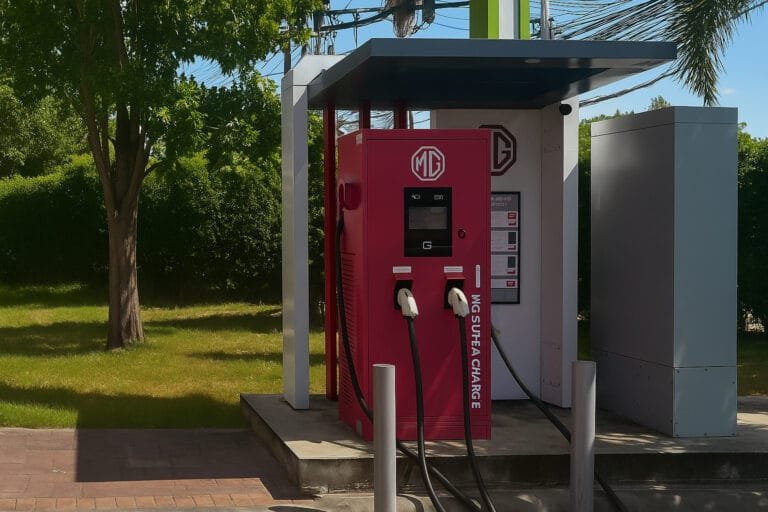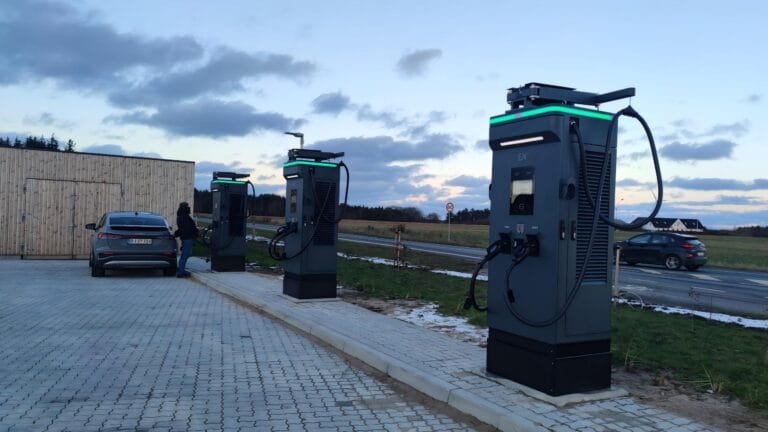Switching to an electric vehicle (EV) is an exciting step towards sustainability and innovation. However, one common stumbling block for new EV owners is understanding the different electric vehicle charging levels. Don’t worry, we’ve got you covered! Let’s break down the essentials of EV charging levels, so you’ll know exactly what to expect and how to make the most out of your EV.
What Are Electric Vehicle Charging Levels?
Electric vehicle charging levels refer to the different rates at which an electric vehicle’s battery can be recharged. These levels are categorized into three main types: Level 1, Level 2, and Level 3 (also known as DC Fast Charging). Each level has its own unique characteristics and applications.
It’s important to understand these levels in order to effectively charge your electric car. Here’s a brief overview of the three charging levels and key terms to know.
Level 1 EV Charging (120V)
In a word, Level 1 charging is the most basic form of EV charging. It uses a standard 120-volt household outlet and typically provides about 4-5 miles of range per hour of charging.
Every EV comes with a free Level 1 charge cable that is universally compatible and can be plugged into any standard grounded 120-V outlet. The Level 1 charger power rating tops out at 2.4 kW, providing up to 5 miles per hour of charge time, which equates to about 40 miles every 8 hours. This makes Level 1 charging suitable for short daily commutes of around 37 miles per day. However, many EV drivers refer to the Level 1 charge cable as an emergency or trickle charger because it is not suitable for long commutes or weekend drives. Nonetheless, Level charging is free to install and can be a convenient option for some EV drivers.
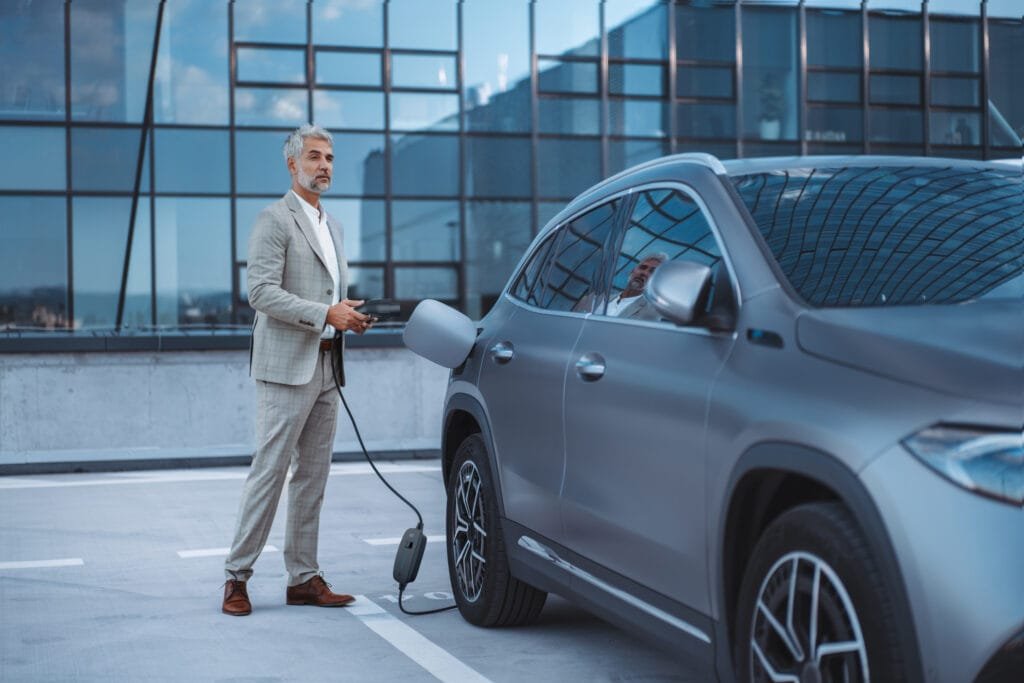
Level 2 EV Charging (240V)
What is Level 2 charging? Level 2 chargers use 240-V outlet and is usually wired to a dedicated circuit in a garage or driveway. This type of charging station is commonly found at residential, public parking, businesses, and commercial locations. It delivers anywhere between 3.4 kW – 22 kW and can provide roughly 120km (75 miles) to your battery’s range in an hour’s charging. Level 2 chargers are faster than Level 1 and offer a range of intelligent functionalities, smart connectivity options, and safety features, making them a popular choice for home charging.
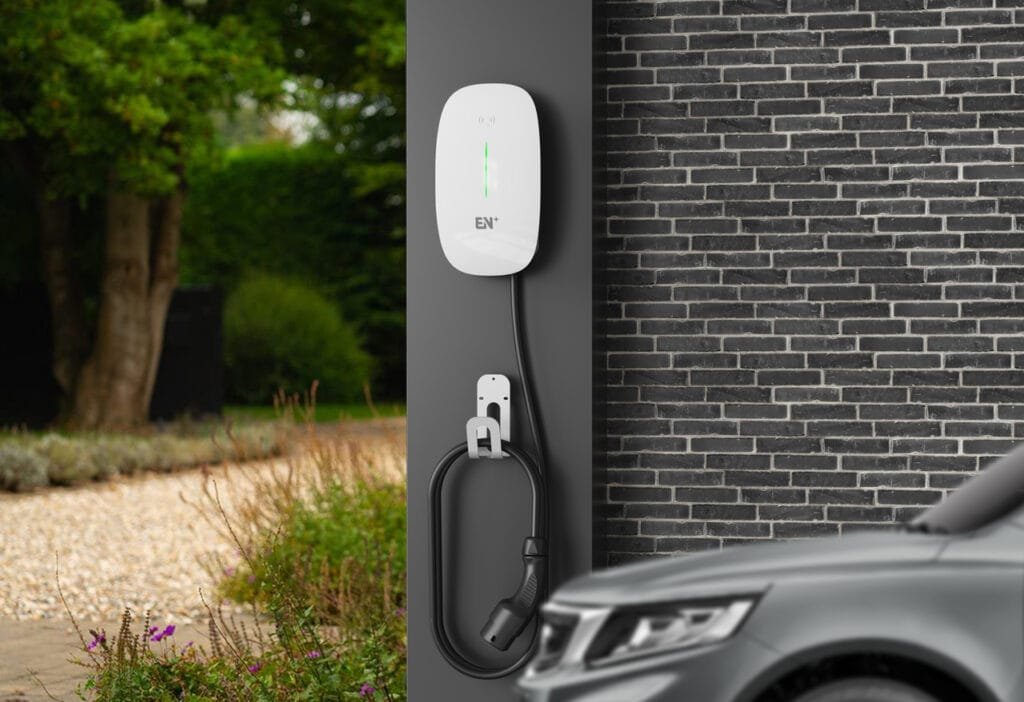
Level 3 EV Charging (480 V)
Level 3 Charing, or DC Fast Charging, uses a direct current (DC) to charge the battery much faster than Level 1 or Level 2. These chargers can provide up to 80% charge in just 30 minutes.
They’re being better suited to high-traffic areas, such as highway rest stops and shopping and entertainment districts, where the vehicle can be recharged in less than an hour.
Level 3 chargers are not universally compatible and there is no industry standard. Currently, the three main types are Superchargers, SAE CCS (Combined Charging System), and CHAdeMO (a riff on “Would you like a cup of tea,” in Japanese).
There is one caveat, that high-speed charging is only available up to 80% capacity. After 80%, the BMS (battery management system) throttles the charge rate significantly to protect the battery.
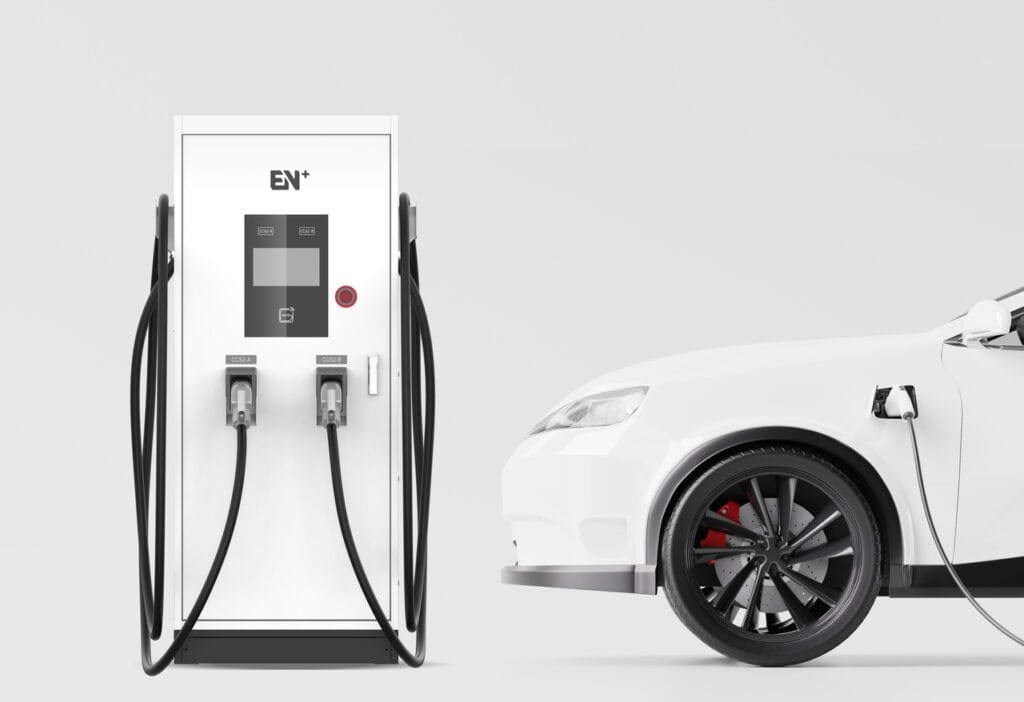
Comparing Different Levels of EV Charging: What’s the Difference
Understanding the different electric vehicle charging levels is crucial for making the best choice for your vehicle. Each level—Level 1, Level 2, and Level 3 (DC Fast Charging)—varies in terms of electrical output, range, cost, and ideal use cases. In this section, we’ll break down these differences, so you can easily determine which charging level is the right fit for your needs. Let’s get started!
Electrical output
- Level 1: 1.3 kW to 2.4 kW AC current
- Level 2: 3kW to under 22kW AC current
- Level 3: 50kw to 400kw DC current
Range
- Level 1: 4-11km (or 3-7 miles) of range per hour of charging; about 22-40 hours to fully charge a battery (40 kWh)
- Level 2: 16 to 120km (10 to 75 miles) of range per hour of charging; 2-13 hours full battery charge
- Level 3: 190 to 2200 km (120 to 1400 miles) of range per hour of charging; full battery charge in under an hour

Cost
- Level 1: Included with the purchase of an EV, EV owners can use existing outlets.
- Level 2: $200 to $1,000 per charger, plus the cost of installation.
- Level 3: $5000 to $50,000 per charger, plus a hefty installation fee.
Use cases
- Level 1: Home or backup
- Level 2: It can be utilized for residential and commercial purposes, including retail spaces, multi-family complexes, and public parking lots.
- Level 3: Commercial (Fleets, Car dealerships, highway services, logistics hubs, distribution centers)
The usage and cost of the three charger levels vary significantly. It is important to note that faster and more advanced chargers come with higher installation and maintenance expenses.
Conclusion
EN Plus provides the above three types of ev chargers to meet different charging needs. When choosing among the electric vehicle charging levels, consider your vehicle’s capabilities, your daily driving distance, and the availability of charging stations in your area. If you mostly drive short distances and can charge overnight, a Level 1 or Level 2 charger might be sufficient. If you frequently take long trips or don’t have much time to charge, a Level 3 charger could be more suitable.
